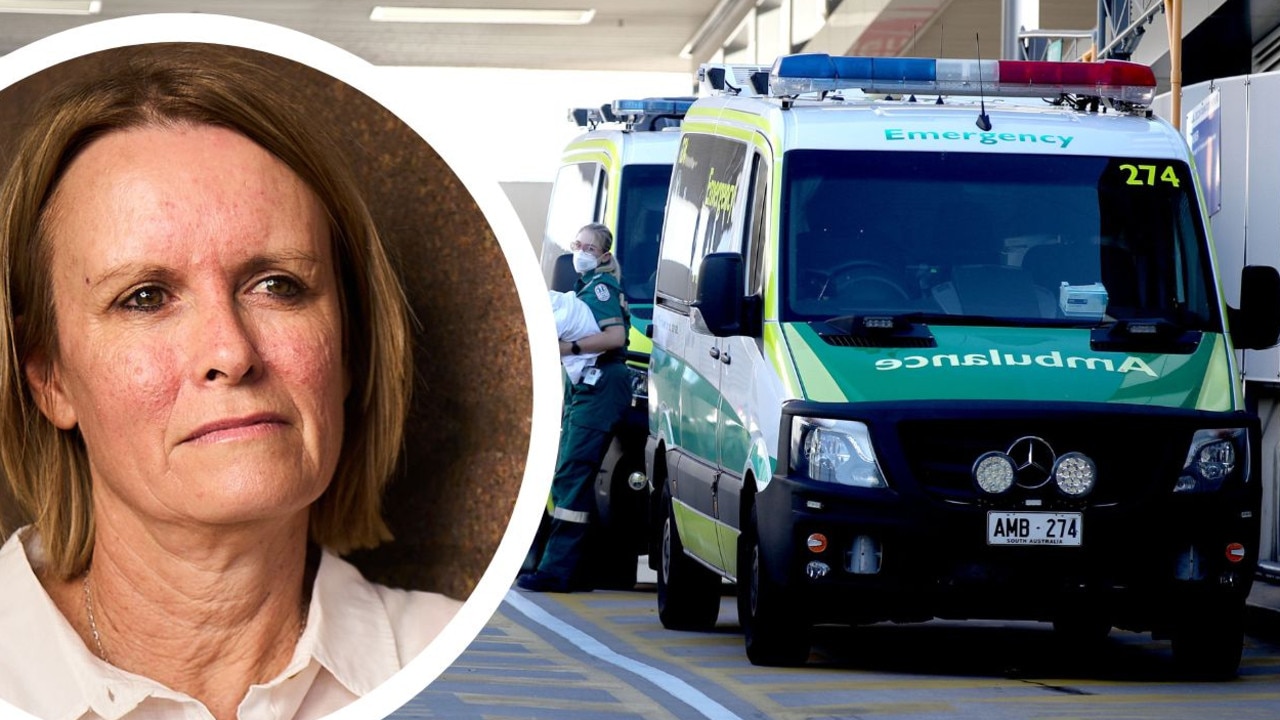New lawsuit alleges British government covered up nuclear test medical records for 70 years amid new evidence of blood testing
Victims of nuclear testing in SA have launched a new class action lawsuit amid fresh evidence of a shameful British government cover-up.
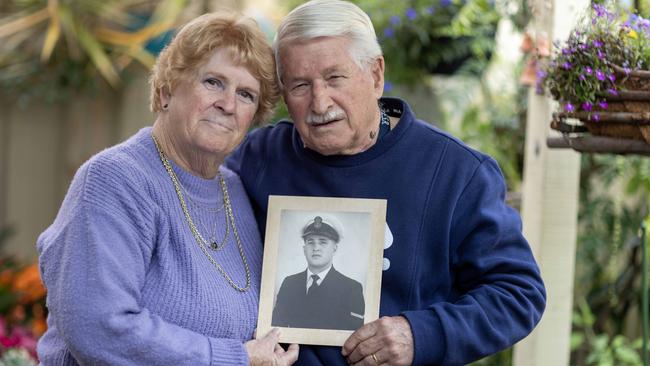
SA News
Don't miss out on the headlines from SA News. Followed categories will be added to My News.
A major lawsuit is being launched for victims of Britain’s nuclear testing in the South Australian Outback amid fresh evidence of a British government cover-up.
More than 16,000 Australians were involved in a dozen atomic bomb tests and almost 600 “minor trials” on weapons components in 11 years during the 1950s and 1960s.
But campaigners say new proof has been uncovered of official blood tests on Australian service personnel, locals and indigenous people between 1952 and 1963.
Servicemen, and their families, are demanding Britain’s Ministry of Defence release the results on troops subject to Cold War radiation experiments in vast, and remote, swathes of Australia.
London-based Whitehall bureaucrats repeatedly ordered blood tests at Maralinga and Emu Field, in the state’s Far North, and Montebello Islands, 100km off WA’s northwest coast.
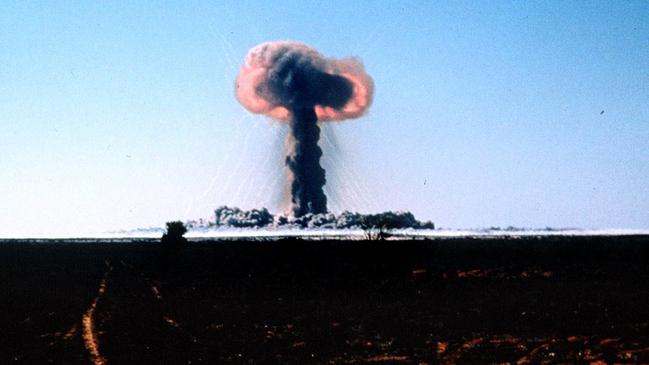
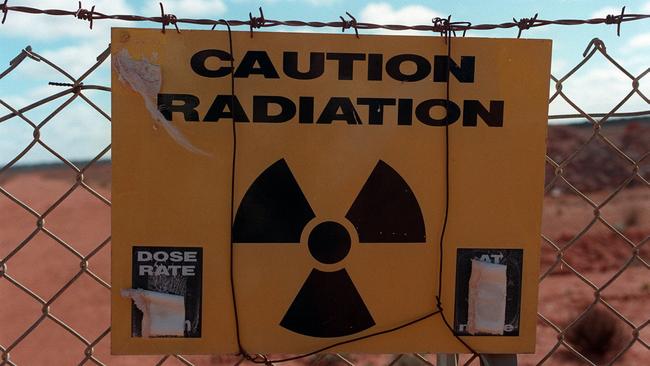
But notes in veterans’ medical records were removed and have stayed secret since.
The class action, launched in London on Wednesday night, will claim medical data is being illegally withheld from survivors, and their families, while accusing the British government of falsely denying any existence.
Lawyers are appealing for anyone who took part in the tests and clean-ups under British command – including Australian, Canadian, New Zealand, Fijian or UK service personnel – along with members of indigenous communities in Australia or the Republic of Kiribati – to consider joining the lawsuit.
Veterans in Australia and United Kingdom have reported high rates of cancer, miscarriage, and birth defects while younger generations have also experienced medical problems.
More than 90 per cent have died, prompting campaigners to question if many would still be alive had their blood test results been known.
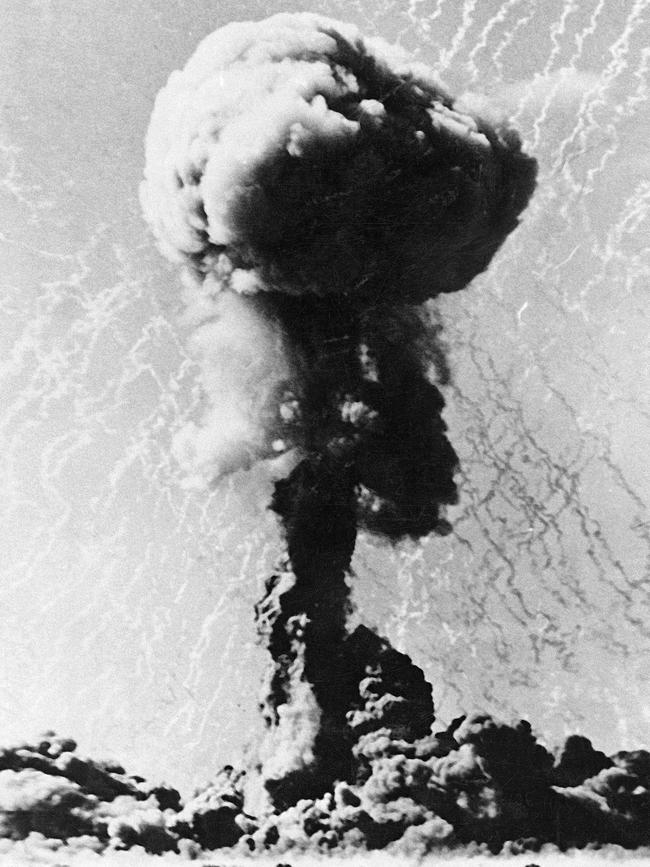
An unknown number of indigenous people died while a Royal Commission reported at least 10 per cent of British servicemen were conscripted but all soldiers faced a court martial if they refused orders.
The Advertiser revealed the scandal in 1980 when tribal elder Yami Lester told of being blinded by “black mist” almost 30 years earlier.
His whistleblowing sparked the official commission of inquiry.
Mr Lester, a father of three, grandfather of 12 and great-grandfather of two, died in 2017 aged 75, after suffering blindness, skin rashes and general sickness from suspected radiation poisoning.
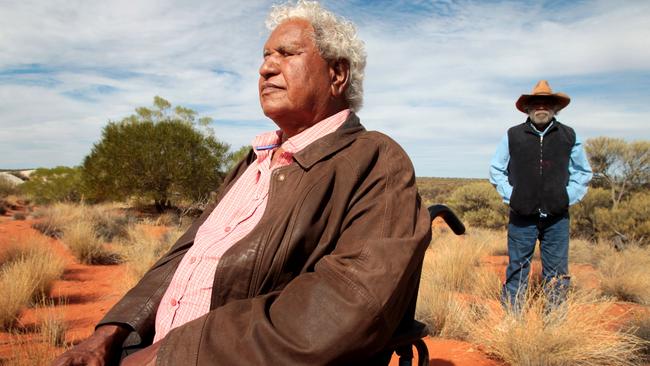
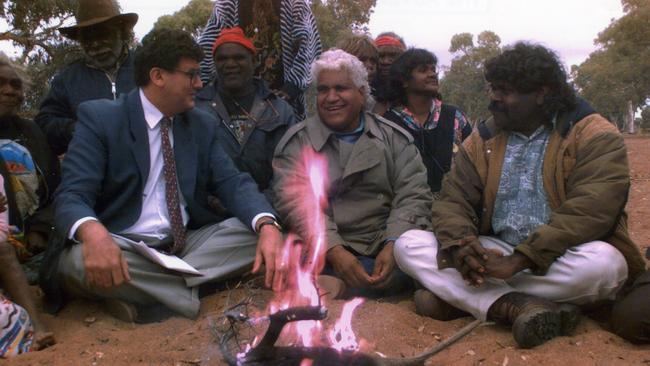
He witnessed Operation Totem in Emu Field in 1953, during which indigenous people reported the mist blew at least 100km, poisoning land, vegetation and waterholes.
His youngest daughter, mother-of four Karina Lester, 47, will seek legal advice about the lawsuit after many of her family suffered health problems that has caused significant “generational trauma”.
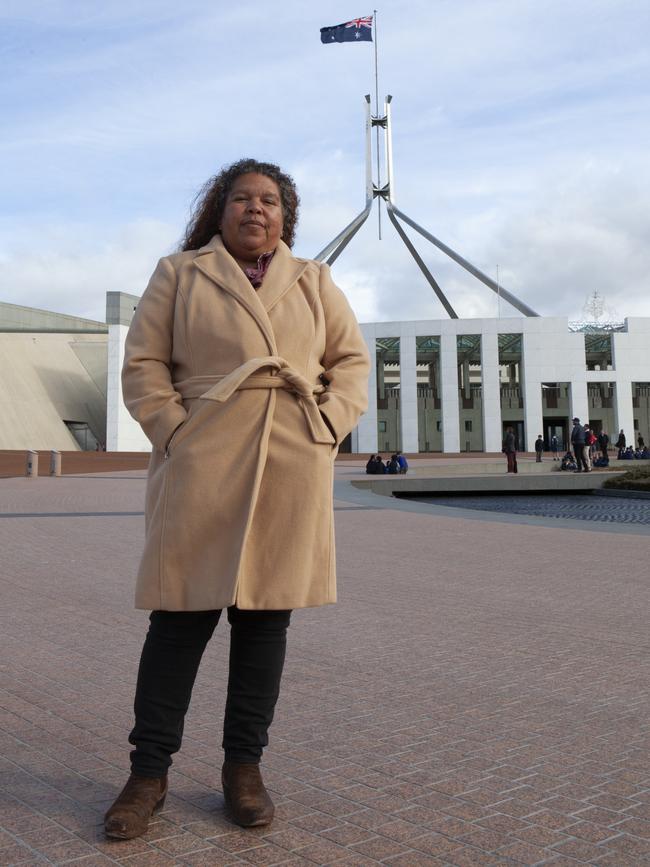
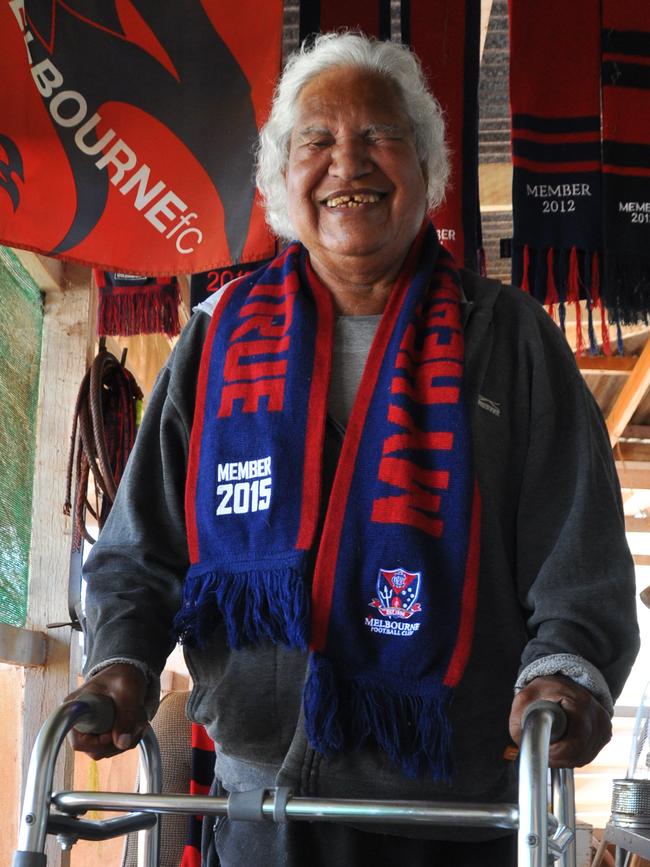
She also called for the MoD medical records to be made public.
“There’s no health facilities up here to check properly,” said Ms Lester, an Aboriginal language worker and anti-nuclear campaigner now of Emu Field, 260km west of Coober Pedy.
“We have so many questions, there is so much unknown. Is the land safe? Is our food safe? Is our drinking water safe? So little is known through our generations.
“We still suffer to this day. I’m really worried about it. It’s the fear of the unknown for us who have been exposed and now living on the land.”
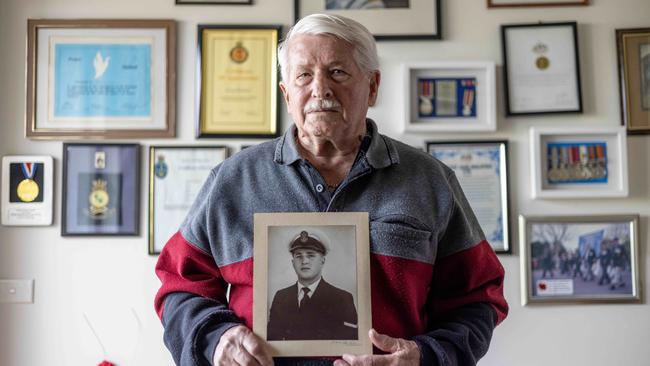
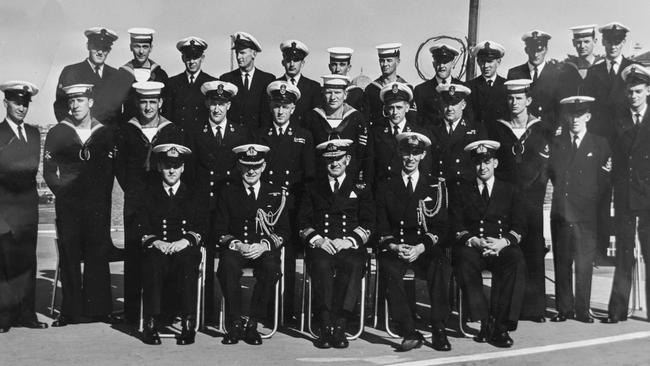
Former Naval Steward Doug Brooks, 85, of Hope Valley, said he would also consider joining the lawsuit after suffering years of physical and mental anguish.
He has been left haunted from watching the biggest atomic bomb explode at Montebello Islands dressed only in his underwear, shorts and sandals.
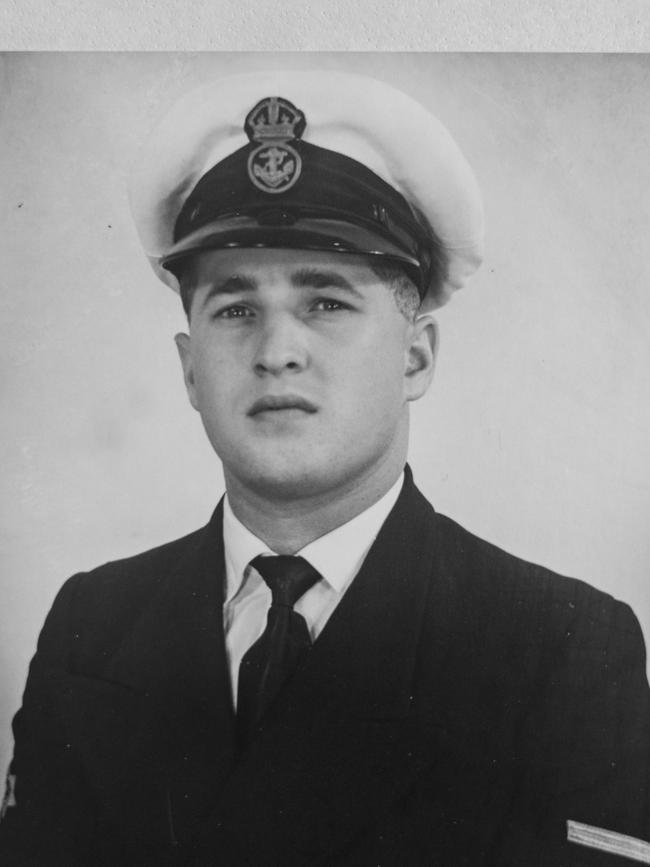
He was diagnosed with post-traumatic stress disorder in the 1980s – causing him to close his florist business – and today he can’t watch any nuclear-type television programs without being “triggered”.
Mr Brooks, a northern suburbs father of three, grandfather of six and great-grandfather of three, paints as therapy but believes his health problems have been passed to his family’s younger generations.
A young relative died earlier this year while some of his children have webbed toes and spina bifida spinal defects.
He vividly recalls following orders as an 18 year-old sailor with Royal Australian Navy mates on the official observation ship, HMS Alert, on June 19, 1956, when a between 60 and 98-kiloton “dirty” bomb codenamed G2 was detonated.
Just two are still alive.
He said: “We turned our backs but we could see the big flash – I could see the bones in my hand.
“I saw a blast that was seven times more than the Hiroshima and then we went back to ground zero a few hours later.
“I've had a lot of health issues over the years. The lies that I’ve been told have been astounding. One superior once told me radiation washed off in sea water.”
Sadie Brooks, 82, his wife of 59 years – the couple will celebrate their Diamond 60th wedding anniversary next month – told how it had been difficult watching her husband’s spiral over the years, especially with alcohol.
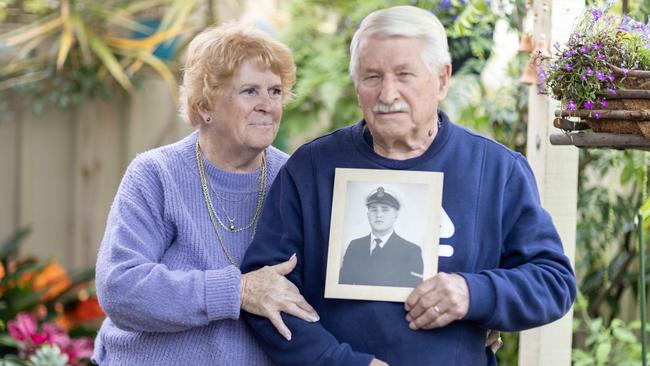
UK Freedom of Information documents show more than a dozen files relating to blood counts at Maralinga – almost 1200km northwest of Adelaide near the WA border – that was the basis of Operation Buffalo in 1956, and Operation Antler in 1957.
It also suggest blood testing at Operation Totem.
Among “scientific data” stored at the MoD’s Atomic Weapons Establishment are 150 documents linked to blood and urine testing of servicemen and civilians during trials.
A document lists 62 Australian service personnel who were ordered to have blood taken in 1956.
There are further references to blood testing taking place for “Natives at Cundeelee”, 1,500km from the testing grounds, in 1959; “Natives from the Victoria Desert” in 1959; and a “Report on Medical Examinations of Natives at Coober Pedy” in 1960.
British firm McCue Jury & Partners managing partner Jason McCue said successive governments have denied veterans truth and peace of mind.
“The nuclear veterans have kept us safe for 70 years but in return they and the indigenous people affected have been gaslighted by the British state,” said
“They were treated like spent ammunition – discarded and disdained by those who had a legal and moral duty of care.
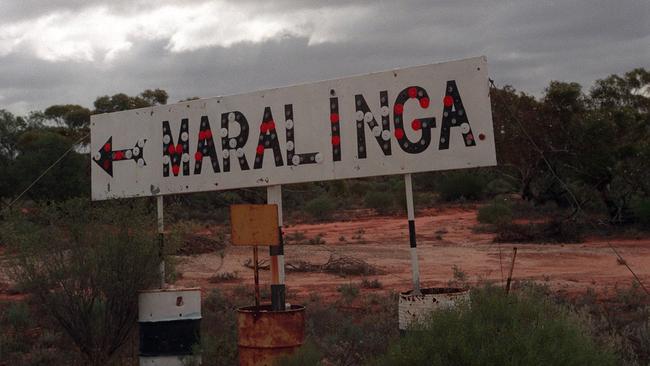
“They and their families have suffered decades of immeasurable grief, harm, and fear, and if their civilian doctors had been given proper access to their military records, there might be many more of them alive today.”
Alan Owen of UK-based campaign group LABRATS said: “Veterans of the UK and Australia and indigenous people have said for decades they were used as guinea pigs.”
References to blood testing are also held within the minutes of meetings of the Atomic Weapons Tests Safety Committee, an Australian government body.
In 1992, threatened with possible action in the international courts, the UK government paid Australia a £20 million settlement.
The contaminated lands were repeatedly cleaned up, and the last area was returned to its original owners, the Tjantjatjara, in 2014.
Medals of recognition have also been awarded to veterans.
An MoD spokesman on Wednesday night would not comment on litigation.
“We are grateful to all service personnel who participated in the British nuclear testing programme and contributed to keeping our nation secure and are pleased that they will now be receiving a medal in recognition of this,” he said.
“It remains the case that no information is withheld from veterans
“Any medical records taken either before, during or after participation in the UK nuclear weapon tests are held in individual military medical records in the Government’s archives, which can be accessed on request.”
To donate visit: https://www.crowdjustice.com/case/nuclear-veterans-case
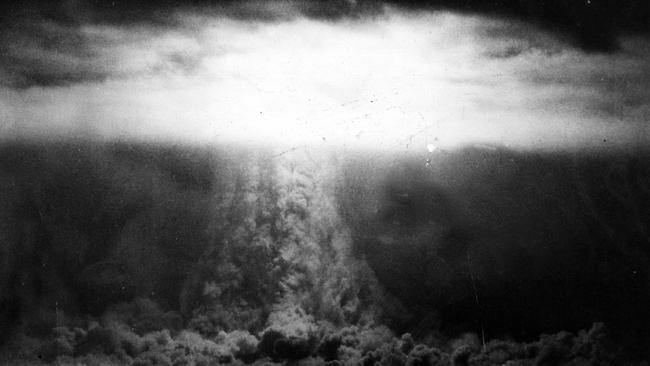
BRITISH NUCLEAR TESTS IN AUSTRALIA
■ Between 1952 and 1957, the United Kingdom conducted 12 major nuclear weapons tests in Australia.
■ Major operations included two at Monte Bello Islands, Western Australia (1952 and 1956); one at Emu Field, South Australia (1953); and two at the Maralinga Range, SA (1956 and 1957).
■ The 12 bomb tests had a combined yield of 179.5 kilotons, together making them 12 times as powerful as the bomb which flattened Hiroshima in 1945.
■ Scientific studies on weapons components, known as minor trials, occurred in parallel between 1953 and 1963 at Emu Field and Maralinga Range. While not having any nuclear yield, explosions and fires were radioactive with heavy metals.
■ Despite repeated clean-ups, a 2021 Monash University study found plutonium still in the soil.
■ More than 16,000 Australians, both military and civilians – including Indigenous locals – participated.
■ Army soldiers prepared and cleaned up test sites as well as monitored testing.
■ Royal Australian Navy sailors were mostly stationed on vessels to supervise.
■ Royal Australian Air Force crew maintained aircraft including decontamination and servicing after mushroom cloud flights.
■ Civilian contractors, public servants and locals helped.
■ More than 20,000 British participants were part of the Commonwealth operation.
■ A 16-month Royal Commission into the testing, headed by Justice Jim McClelland – a former Labor Senator – made damning findings in 1985, after hearing from 311 witnesses.
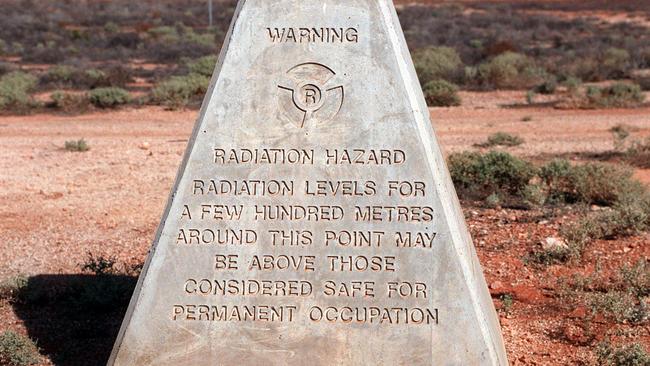
THE OPERATIONS
■ Operation Hurricane (1 bomb) — Monte Bello Islands, October 3, 1952
■ Operation Totem (2 bombs) — Emu Field, October 15, 1953; October 27, 1953
■ Operation Mosaic (2 bombs) — Monte Bello Islands, May 16, 1956; June 19, 1956
■ Operation Buffalo (4 bombs) — Maralinga, September 27, 1956; October 4, 1956; October 11, 1956; October 22, 1956
■ Operation Antler (3 bombs) — Maralinga September 14, 1957; September 25, 1957; October 9, 1957
Source: Australian Department of Veterans’ Affairs
More Coverage

Originally published as New lawsuit alleges British government covered up nuclear test medical records for 70 years amid new evidence of blood testing




